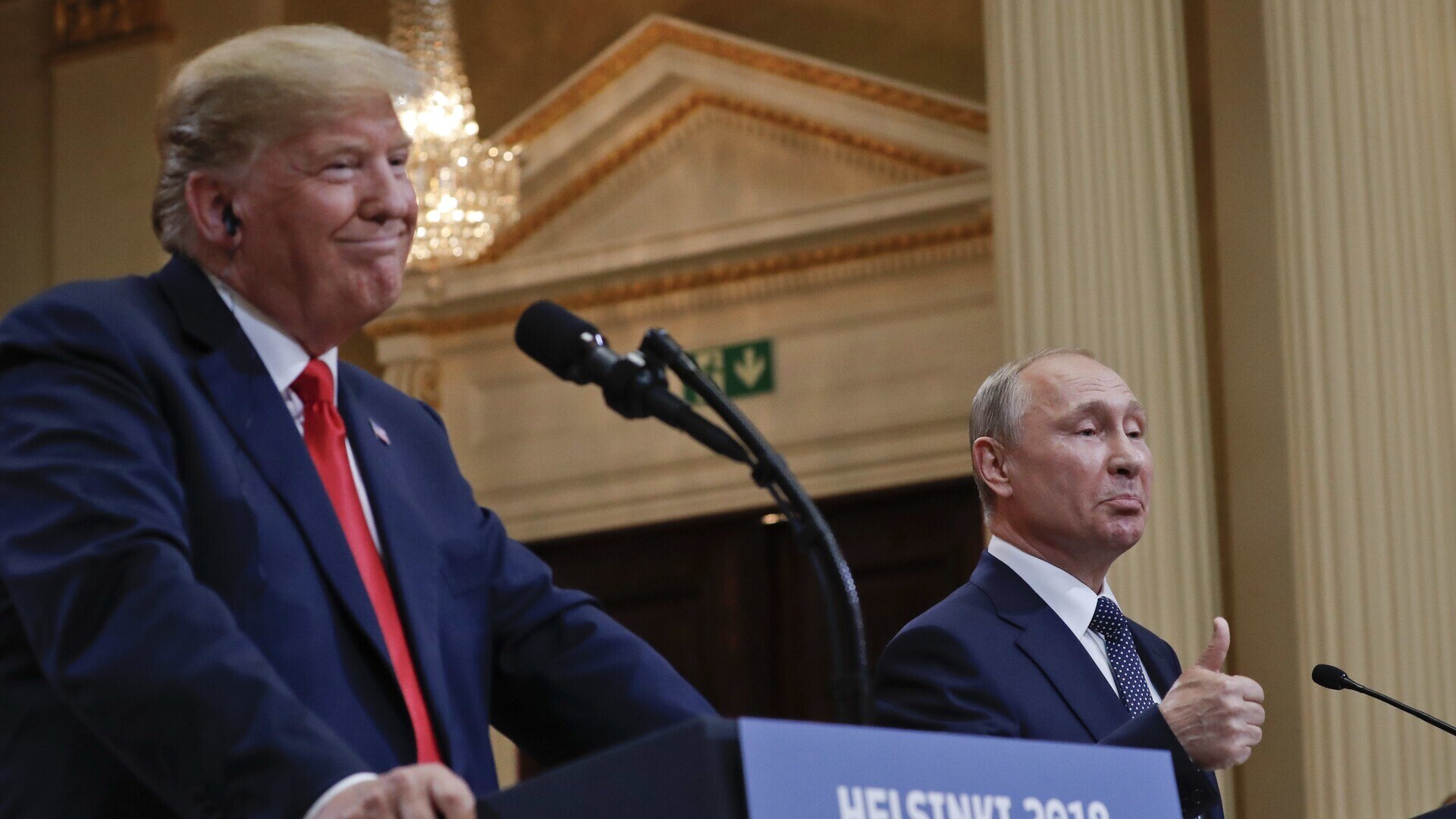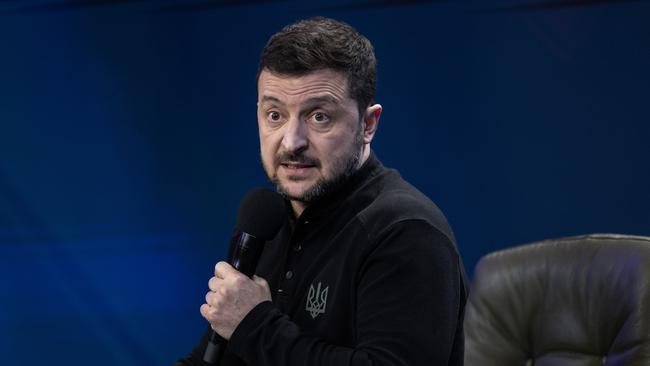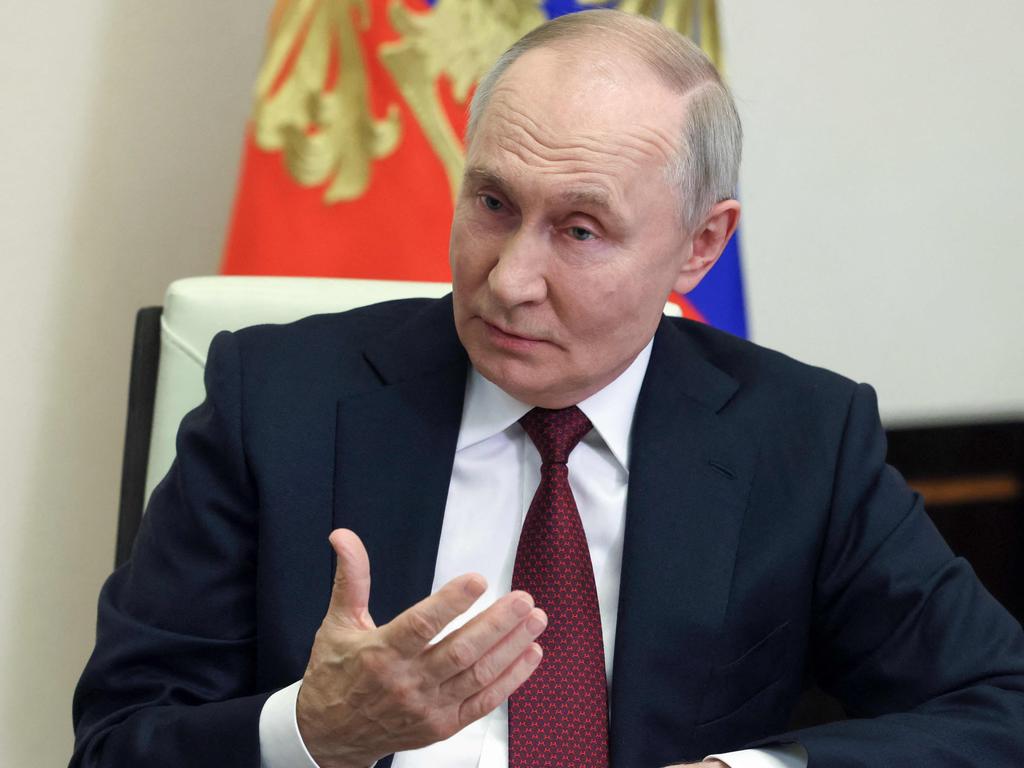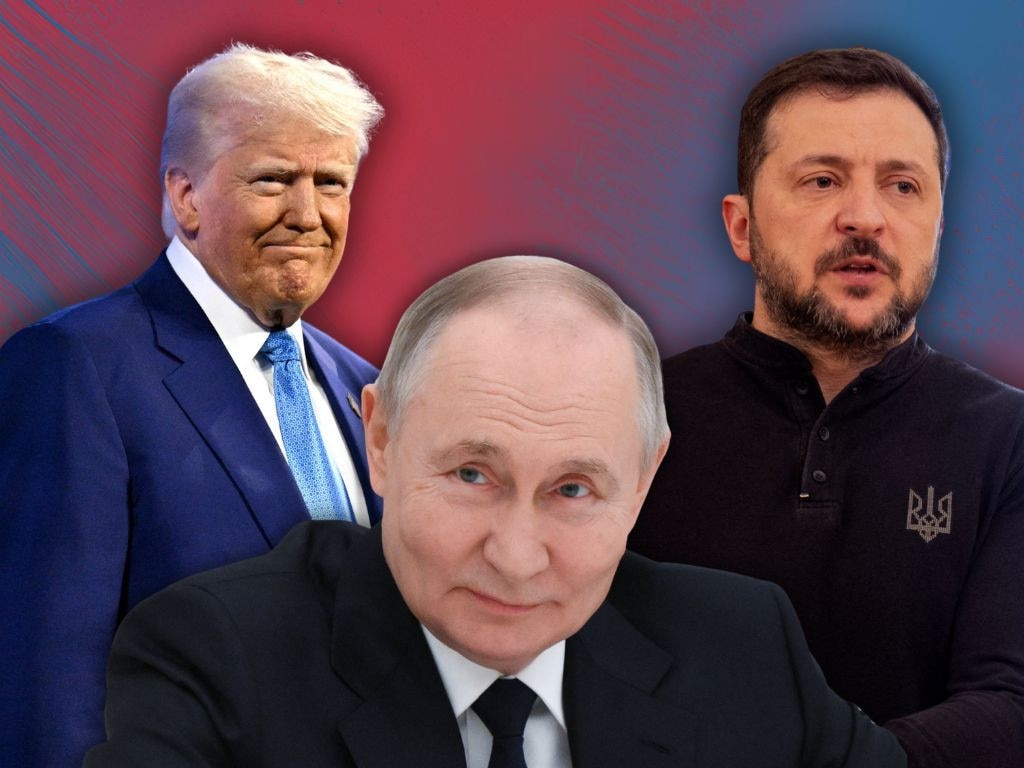Trump has abandoned America’s principles

He plainly had not met Donald Trump. Nor could Clemenceau imagine that a century later the same excuse Germany gave for its attack on Belgium – that the small state posed an existential threat to its far larger neighbour – would be used by an American president to justify Russia’s invasion of Ukraine.
And even less could he imagine that an American president would demand that the small state, which had been the victim of aggression, bear the costs of the war, while letting the aggressor get off scot-free.
But disregard for good sense is hardly the only disturbing aspect of Trump’s policy towards Ukraine. Rather, the striking feature of that policy, whose broader geopolitical implications have been acutely analysed on these pages by Paul Kelly, is that it marks a fundamental break from principles that have long been at the heart of America’s international relations.

Thus, it was in 1932, after Japan had attacked Manchuria, that secretary of state Henry Stimson formulated the doctrine that the United States would not recognise “any situation, treaty or agreement” that involved annexation secured by a war of aggression.
Basing itself on that doctrine, the US refused to recognise the Soviet Union’s annexation of Latvia, Lithuania and Estonia in 1941 – a refusal reaffirmed by every subsequent American administration.
The Ford administration therefore ensured that the Helsinki Final Act’s declaration of principles on territorial integrity, signed on August 1, 1975, included the provision that “no occupation or acquisition of territory in violation of international law will be recognised as legal”.
Nor did the US resile from the Stimson doctrine during and after the dissolution of the USSR. Rather, so as to smooth the formation of the Soviet Union’s successor states, the administration of George H. Bush strongly endorsed a two-stage process.
In the first stage, the newly created states’ borders would reproduce the administrative boundaries set in the Soviet era. After that, there could be negotiated agreements that varied those borders; but unless those variations were by mutual consent, the US, applying the Stimson doctrine, would neither recognise them as legitimate nor in any way support the aggressor state.
That approach too had longstanding roots. In effect, the US had first advocated the principle of setting the frontiers of new states according to previous administrative demarcations in 1824, when the countries of Latin America were freeing themselves from the Spanish empire. Formalised on US initiative in the Lima Treaty of 1848, and entering international law as the doctrine of “uti possidetis”, the International Court of Justice described it in 1986 as a “general principle” that applies to “the obtaining of independence, wherever it occurs”.

By simplifying the task of defining international borders, said the ICJ, it “prevents the independence and stability of new states being endangered by fratricidal struggles provoked by the challenging of frontiers following the withdrawal of the administering power”.
Far from disputing that principle or contesting its consequences, it was unambiguously approved by both Boris Yeltsin and – at least initially – by Vladimir Putin. As a result, in the Minsk Agreement of December 8, 1991 and the Declaration on Territorial Integrity and Inviolability of Borders of April 15, 1994, Russia recognised that Ukraine’s legitimate borders – like those of the other successor and continuation states, including Russia itself – were those in place at the time of the dissolution of the USSR.
That was specifically reaffirmed in the 1997 and 2003 bilateral treaties between Russia and Ukraine, with Article 2 of the 2003 Treaty, which was signed by Putin, incorporating maps that explicitly show Donbas and Crimea as falling within Ukraine’s sovereign territory.
As things turned out, Putin’s recognition of Ukraine’s sovereignty over those territories was as duplicitous as the treaties Stalin signed with Lithuania, on September 18, 1926, Latvia on February 8, 1932 and Estonia on May 4, 1932, guaranteeing “the inviolability of existing frontiers” and solemnly “undertaking to refrain from any act directed against the integrity of the territory or independence of the other party”.
Nor is it a coincidence that the language Putin used in justifying the assault on Ukraine mirrored that Stalin used when the USSR, so as to “reunite unjustly separated blood brothers”, relied on the Molotov-Ribbentrop pact to invade its near neighbours.
Given those circumstances, the US could reasonably be expected to recognise the importance of ensuring any ceasefire agreement came with robust security guarantees – guarantees that, in the short term, are solely within its power to offer. That is all the more the case as Russia has also advanced entirely illegitimate territorial claims, which could readily escalate, against Georgia, Moldova and Estonia.

Trump, however, shows no sign of recognising those realities; and to make things worse, instead of helping Ukraine rebuild its shattered economy, which is essential to its ongoing security, he is forcing it to finance investments that will, it seems, be owned by the US.
There is, in the long history of US foreign relations, simply no precedent for those financial demands, which punish the war-crippled victim, not the perpetrator.
It is true that in the aftermath of World War II, the US sought partial repayment by its allies of the assistance it had provided under Lend-Lease; but even in 1946 and 1947, new US loans and grants outweighed Lend-Lease repayments by a factor of five – and once the Marshall Plan got under way, the net flow of US aid was even greater.
Of course, none of that is intended to let the Europeans off the hook. As I have repeatedly argued, their failure to enforce the agreements they made with Russia to end its invasion of Georgia and then to stabilise the situation in Ukraine played a key role in inciting Putin’s aggression. It is, moreover, the Europeans’ refusal to bolster their defence capabilities that has forced Ukraine to depend so heavily on American military assistance.
However, those serious errors neither excuse nor justify the US abandoning principles that – even if they have often been imperfectly implemented – have helped make the world a safer place, including for Americans.
Putin, Trump claims, wants peace. But as the great military theorist Carl von Clausewitz observed two centuries ago: “An invader is always a lover of peace: he would like to make his entry into our state unopposed.” If invaders are to be deterred, he concluded, there is one option and one option only: “We must be willing to meet their attack with decisive force”. With Trump determined to ignore that warning, the agreement he forges may prove to be a peace that ends all peace.







In the mid-1920s, France’s wartime prime minister, Georges Clemenceau, was asked who future generations would blame for the outbreak of the First World War. “That I don’t know,” he replied; “However, this much is certain: no one, but no one, will ever say it was Belgium that invaded Germany.”